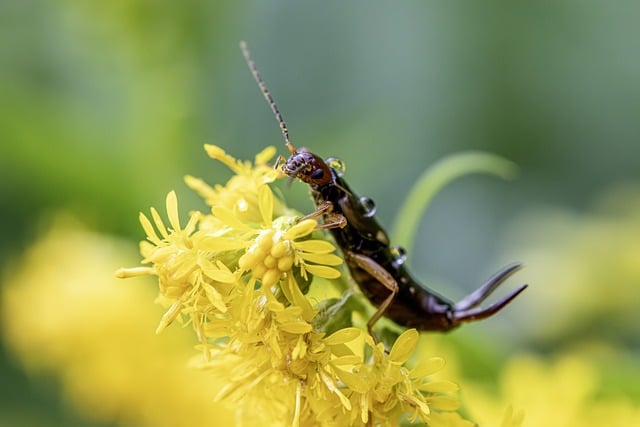Commercial spaces face unique rodent infestation challenges due to diverse environments attracting mice and rats. Professional Commercial Pest Control involves thorough inspections, identifying entry points, maintaining cleanliness, regular monitoring, and swift action to prevent or eliminate infestations. Infestations pose health, safety, reputational, and property damage risks, impacting business operations and customer deterrence, especially in food-handling establishments. Effective Commercial Pest Control strategies include Integrated Pest Management (IPM), sealing entry points, regular sanitation, waste management, and routine inspections to maintain a clean, clutter-free environment using eco-friendly practices to protect staff, customers, and the environment. Choosing reputable pest control services with proven experience, personalized solutions, and safe, non-toxic products ensures long-term protection against persistent rodents, contributing to business success and brand image.
Rodent infestations pose significant challenges for businesses, impacting operations, reputation, and even causing structural damage. Understanding these pest’s behavior is crucial for effective commercial pest control. This article delves into the world of rodent management in business settings, offering insights on common entry points, integrated pest management strategies, and long-term preventative measures. By employing IPM and choosing qualified professionals, businesses can safeguard their spaces and maintain a positive image, ensuring a thriving environment free from rodents.
Understanding Rodent Infestations in Commercial Spaces
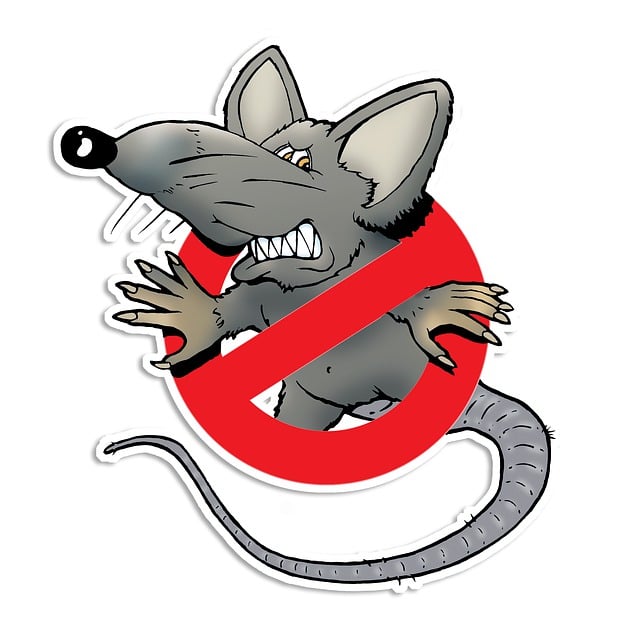
Rodent infestations in commercial spaces can be a significant challenge for business owners and managers. Unlike residential areas, commercial premises often present unique environments that attract and facilitate rodents’ entry and proliferation. From office buildings to retail stores, these structures provide ample hiding spots, food sources, and shelter, making them ideal habitats for mice and rats. Understanding the behaviors and preferences of these pests is crucial for implementing effective rodent control measures.
Commercial pest control professionals recognize that a thorough inspection is essential to identifying entry points, nesting areas, and active populations. Regular monitoring and maintenance play a vital role in preventing infestations or eradicating them swiftly. By addressing gaps in walls, sealing potential entryways, and maintaining cleanliness, businesses can create an inhospitable environment for rodents, thereby reducing the risk of costly damage and health hazards associated with rodent presence.
The Impact of Rodents on Business Operations and Reputation

Rodent infestations in commercial spaces can significantly impact business operations and reputation. These pesky creatures are not just a nuisance; they pose serious health and safety risks, especially in food-handling establishments. The presence of rodents can lead to costly damage as they gnaw through wires, insulation, and even structural materials, causing power outages and increased maintenance costs.
Moreover, the mere sight of rodents or evidence of their activity can deter customers and negatively affect a business’s reputation, especially in industries where hygiene and sanitation are paramount. Effective commercial pest control is not just a preventive measure; it’s a strategic investment in the long-term success and sustainability of any business.
Common Entry Points for Rodents in Commercial Buildings
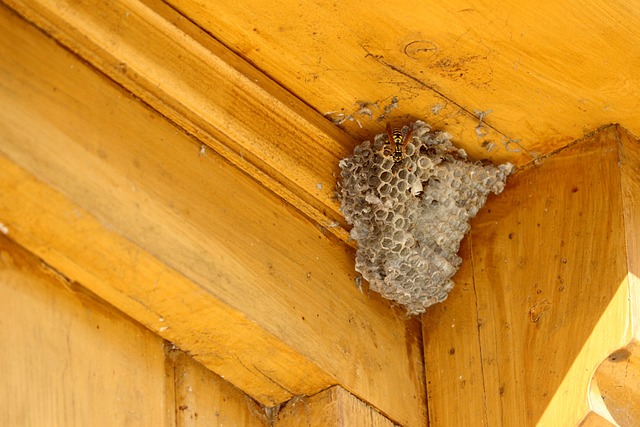
Rodents are adept at finding their way into commercial buildings, often through hidden entry points that may go unnoticed by property managers and owners. Common areas of vulnerability include utility pipes, ventilation systems, doors, windows, and any gaps around fixtures or wiring. These entry points can be both obvious and subtle, making it essential for businesses to conduct regular inspections to identify and seal potential access routes.
Effective commercial pest control begins with a thorough understanding of these entry points. Once identified, sealing these areas with appropriate materials such as steel wool, caulk, or metal mesh can significantly deter rodents from entering the building. Regular maintenance and timely repairs are also crucial in preventing rodent infestations, ensuring that any gaps or cracks are addressed promptly to maintain a robust pest control strategy.
Integrated Pest Management (IPM) Strategies for Effective Rodent Control
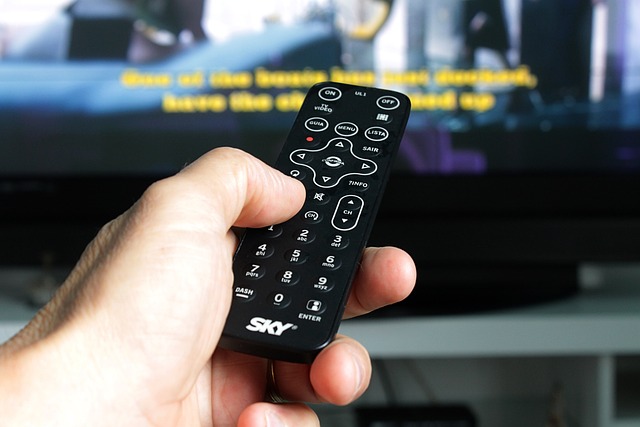
Integrated Pest Management (IPM) offers a comprehensive and eco-friendly approach to rodent control, making it an excellent strategy for businesses seeking effective commercial pest control solutions. By combining various methods, IPM targets rodents at all stages of their life cycle, disrupting their population growth. This includes removing sources of food, water, and shelter, which are essential for their survival. For instance, maintaining a clean work environment, sealing entry points, and proper waste management can significantly reduce the appeal of businesses to rodents.
IPM also involves monitoring and identifying rodent activities through regular inspections and traps. Trained professionals can then deploy targeted treatments, such as baiting or trapping, while minimizing the use of chemical pesticides. This strategic approach ensures that any control measures are specific and precise, reducing potential risks to human health and the environment. As a result, businesses can maintain a clean, safe, and hygienic workspace, fostering a positive image among customers and employees alike.
Choosing the Right Commercial Pest Control Services
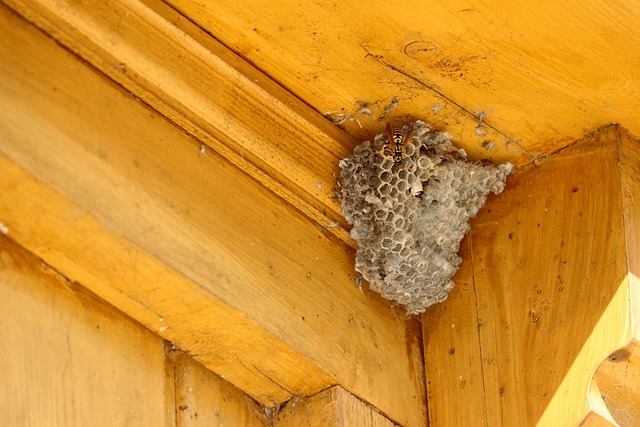
Selecting the ideal commercial pest control services is a strategic decision that can significantly impact your business’s success and reputation. Look for reputable companies with a proven track record in handling commercial spaces, as they understand the unique challenges and requirements of keeping businesses pest-free. Reputable firms will offer tailored solutions, ensuring effective rodent control without causing disruptions to your operations or damaging your brand image.
When evaluating options, consider their methodology, the types of pests they specialize in controlling, and their use of eco-friendly products. Modern commercial pest control services should prioritize safe, non-toxic methods that protect both your staff and customers while maintaining a healthy environment. Regular inspections, proactive treatments, and quick response times are key indicators of quality services, ensuring rodents stay at bay and your business thrives.
Preventative Measures and Long-term Solutions for Rodent Management
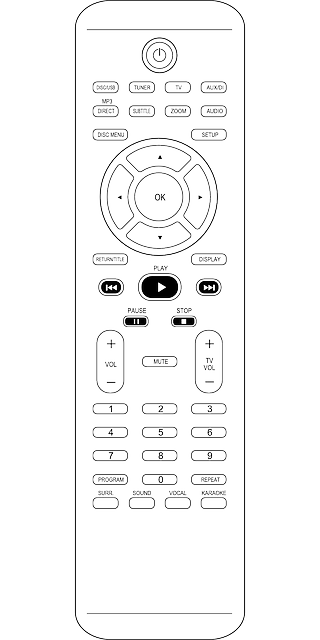
Implementing effective rodent control goes beyond immediate solutions, especially for businesses aiming for long-term protection against these persistent pests. A robust strategy involves a combination of preventative measures and integrated pest management (IPM) techniques. Start by sealing entry points such as cracks, gaps in walls, or openings around utility pipes and vents. Regular sanitation and waste management are crucial; ensuring trash bins are secure and removing potential food sources can significantly deter rodents.
For sustained commercial pest control, consider regular inspections to identify and address any signs of rodent activity promptly. Maintaining a clean and clutter-free environment is essential, as rodents thrive in messy spaces. Additionally, employing professional services that specialize in commercial pest control offers expert knowledge and tailored solutions, ensuring your business remains rodent-free over time.
